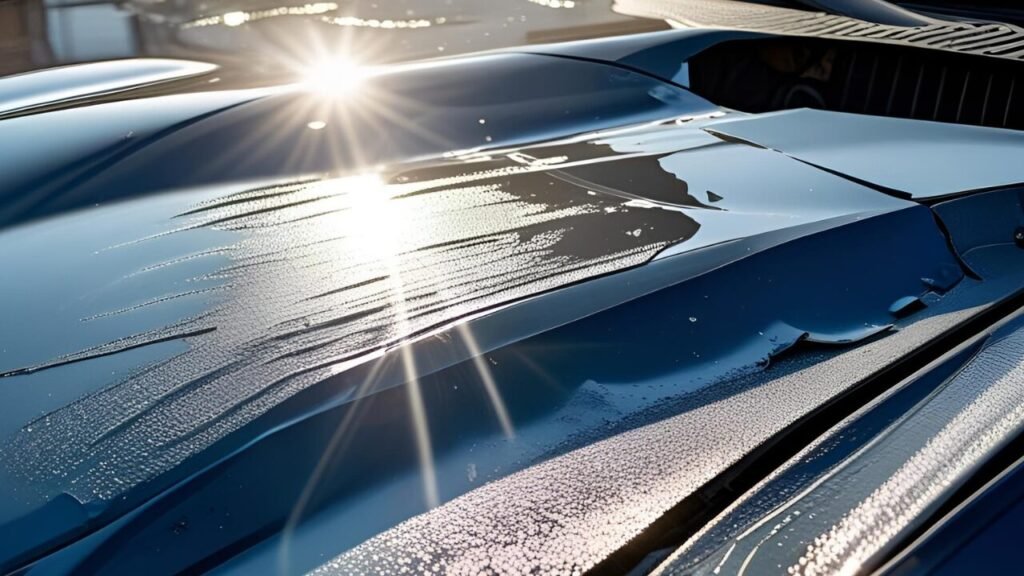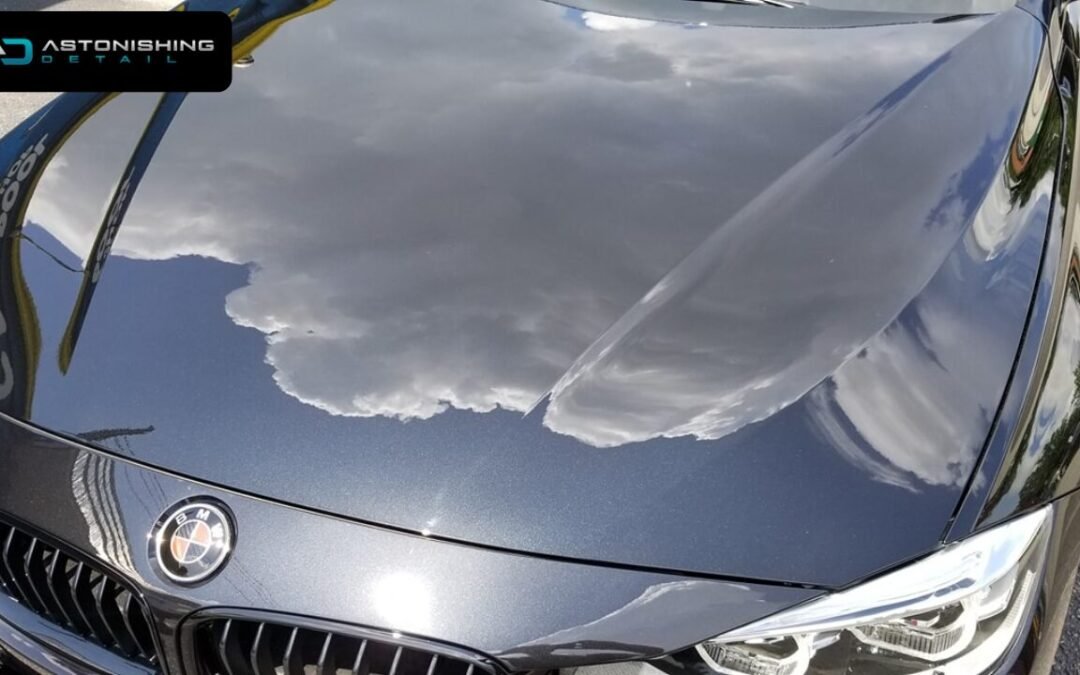When you think of protecting your car’s paint, waxing might be the first thing that comes to mind. For decades, it’s been marketed as a “must-do” for shine and protection. But here’s the truth most auto detailers won’t tell you: wax could actually be doing more harm than good to your vehicle’s paint.
At Astonishing Detail, we’ve worked on countless vehicles in Henrico and Richmond, VA, and we’ve seen firsthand the hidden damage traditional wax can cause. Let’s break down why wax isn’t the solution you think it is—and what you should do instead.

1. Wax Doesn’t Truly Protect Your Paint
Most car waxes create a superficial barrier that offers only temporary protection—often just a few weeks. During this time, they can attract dust and trap contaminants, which get rubbed into the paint during washing.
Over time, this leads to fine scratches, swirl marks, and dullness. Worse, if wax isn’t removed or reapplied properly, it builds up unevenly, leaving your paint looking blotchy and tired.
2. Wax Melts and Breaks Down in Heat
Living in Virginia, especially during summer, means hot sun and high humidity. Carnauba and synthetic waxes melt under heat, making them nearly useless after just a few days of parking in direct sunlight.
This melted wax attracts dirt, grime, and pollutants—which stick to your vehicle’s surface and eat away at the clear coat. Over time, this results in faded paint, oxidization, and rough surfaces.
3. Waxing Over Dirty Paint Seals In Contaminants
Most car owners wax their cars without proper paint decontamination. That means they’re sealing in harmful substances like brake dust, road salt, and industrial fallout.
These contaminants slowly corrode the paint from underneath, leading to discoloration and premature aging of your car’s exterior. So even if your car looks shiny, it could be rotting beneath the surface.
4. Wax Doesn’t Stand Up to Modern Driving Conditions
Today’s roads are harsher—filled with acid rain, bird droppings, UV rays, and road salts. Wax just isn’t durable enough to protect your car from all that. You need a solution that offers:
-
UV protection
-
Chemical resistance
-
Hydrophobic properties
-
Long-lasting shine
Spoiler alert: wax doesn’t deliver all of this.
So, What Should You Do Instead?
Upgrade to Ceramic Coating at Astonishing Detail
The smarter, more effective alternative to wax is ceramic coating—a nano-technology-based solution that bonds with your car’s clear coat to create a long-lasting, high-gloss shield.
Benefits of Ceramic Coating from Astonishing Detail:
| Feature | Traditional Wax | Ceramic Coating |
|---|---|---|
| Durability | 2-6 weeks | Up to 5 years |
| UV Protection | Limited | Advanced |
| Chemical Resistance | No | Yes |
| Hydrophobic Effect | Weak | Extreme |
| Scratch Resistance | Minimal | Moderate |
| Shine | Temporary | Deep & Long-lasting |
Why Choose Astonishing Detail?
We’re not just another detailing shop in Henrico—we’re Richmond’s paint protection experts. Here’s what sets us apart:
-
Certified installers of high-end ceramic coatings
-
Paint correction experts to fix damage before coating
-
Premium tools and techniques for flawless application
-
Tailored solutions for every vehicle and budget
We educate every client before performing any service—because we believe in protection, not just polish.
Still Waxing Your Car? It’s Time to Rethink.
Car wax might’ve worked for your dad’s old pickup, but it’s not enough for your modern vehicle. If you’re still waxing your car, you could be accelerating paint damage and wasting time and money.
Let Astonishing Detail help you make the switch to real, reliable paint protection with ceramic coating services in Henrico, Richmond, and surrounding areas.
Final Thoughts
Car wax is outdated. It offers short-term shine at the cost of long-term damage. If you truly care about your vehicle’s appearance and resale value, ceramic coating is the way to go.
Let Astonishing Detail transform your car’s protection, shine, and lifespan—book your consultation today.
FAQ: Why Wax is Destroying Your Car Paint
Q1: Is car wax really bad for paint?
Yes, when applied improperly or not maintained, it can trap contaminants and cause swirl marks and fading.
Q2: How often should I wax my car?
Even with proper waxing, you’d need to reapply every few weeks—ceramic coatings last years with better protection.
Q3: Is ceramic coating safe for all vehicles?
Absolutely! It’s safe for all paint types, new or old, and enhances both protection and appearance.
Q4: Can I apply ceramic coating myself?
DIY kits exist, but professional-grade coatings require expert prep and application for optimal results.
Q5: How do I know my paint is damaged from wax?
Look for dull patches, uneven shine, swirl marks, or rapid dirt accumulation after washes.


Recent Comments